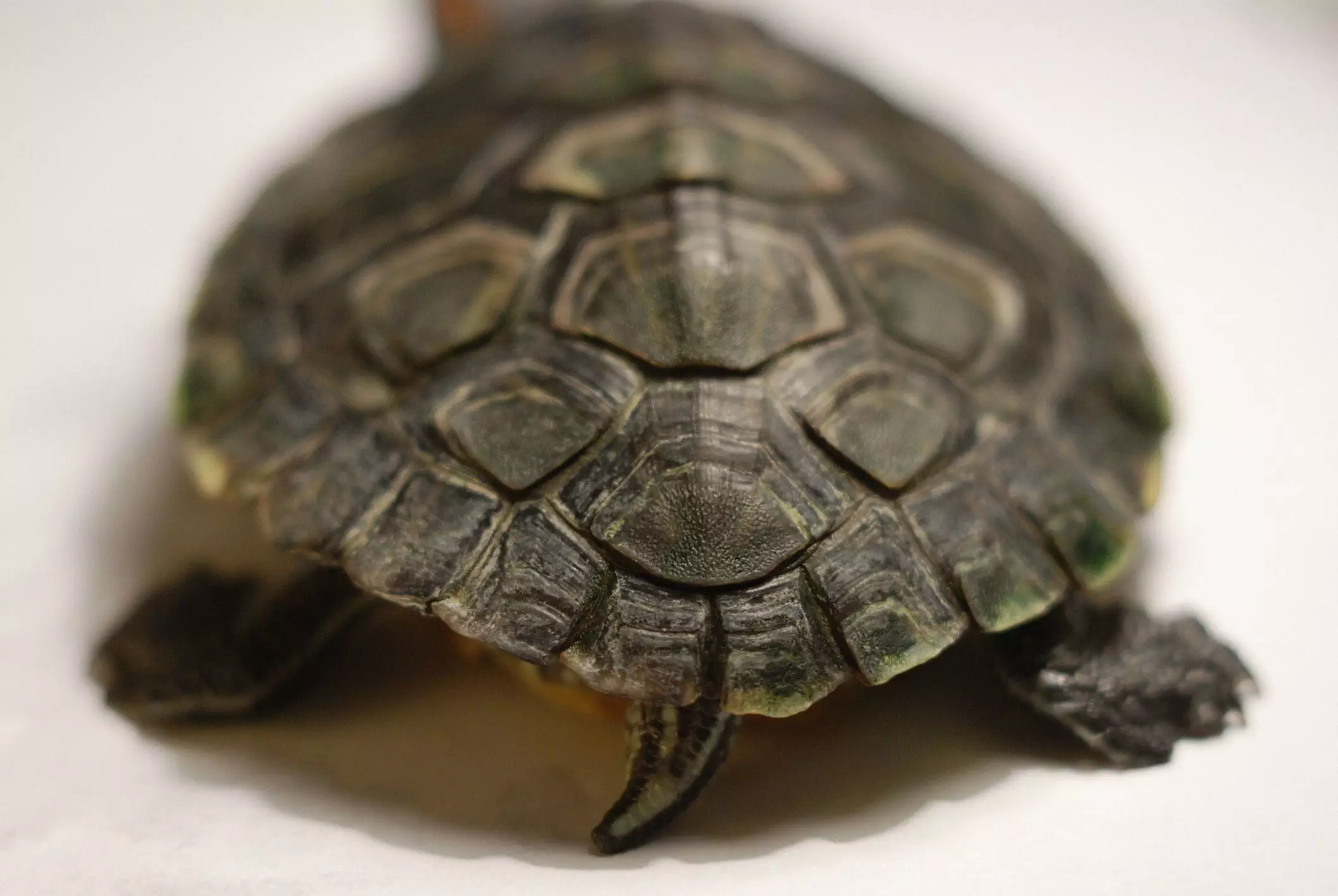Determining the gender of a pet turtle can be quite complicated, especially when the turtle’s origin is unknown or if it was not bred under controlled conditions. Unlike many mammals where gender differentiation is often straightforward, turtles present unique challenges. The process of sex determination in turtles is particularly fascinating, as it involves not only physical characteristics but also the conditions during incubation.
The temperature of the environment during egg incubation plays a crucial role in determining whether a turtle embryo develops into a male or female. Cooler temperatures typically lead to the development of males, while warmer temperatures favor the creation of females. However, for pet owners who do not have information about their turtle’s incubation conditions, distinguishing gender can be perplexing. Some turtle species, like the red-eared slider, exhibit clear physical differences that aid in gender identification, easing the process for the novice pet owner.
Sexual dimorphism is a term used to describe the differences in appearance between male and female species of the same animal. In red-eared sliders, the differences between the sexes become more pronounced as they reach sexual maturity, which is around 2 to 5 years for males and 5 to 7 years for females. Males tend to be smaller than females, reaching only about 4 inches in length compared to females, which can grow to 6 or 7 inches or more. This size variation is not unique to red-eared sliders; other turtle species exhibit differing degrees of sexual dimorphism. For instance, in sulcata tortoises, female weights can reach up to 100 pounds, while males can weigh as much as 200 pounds. The size and weight discrepancies contribute to the complexity of identifying turtle gender based solely on size.
Beyond size, several physical features can assist in determining the sex of turtles. A critical region to observe is the plastron, or bottom shell of the turtle. Male turtles tend to have a concave plastron that aids in mating, whereas females typically possess a flatter plastron that allows for greater internal space to accommodate eggs. Observing this feature can rapidly simplify the gender classification process and is one of the most reliable methods when determining sex alongside size.
Additional physical traits also play a role in gender identification. Male turtles generally have longer claws compared to females. These claws are used during the courting process, allowing males to grasp the female firmly while attempting mating. In aquatic species such as red-eared sliders, longer claws serve not only reproductive functions but also exhibit a distinct visual marker for sex differentiation.
Perhaps the most straightforward physical characteristic that pet owners can use to differentiate turtle genders is tail length. Males often have longer, thicker tails, with the cloaca (the external opening used for excretion and reproduction) positioned farther out on the tail. In contrast, female turtles typically exhibit shorter, slimmer tails. While this method may require direct comparison, particularly if the owner has multiple turtles, it can be quite effective in determining gender.
Color patterns and eye color can also provide clues regarding a turtle’s gender. For example, mature male ornate box turtles have striking red eyes, while females display browner or yellowish eye coloration. Moreover, males feature more vibrant coloration on their heads and legs, often adorned with red or orange, contrasting with the more muted tones of females. Such differences offer yet another layer to consider for turtle enthusiasts trying to identify their pet’s sex.
While determining the gender of a turtle can be an exciting aspect of pet ownership, it’s essential not to overlook health considerations. If any symptoms of illness are observed in your pet turtle, it is crucial to consult a veterinarian promptly. Professionals are equipped with the necessary knowledge and experience to address health concerns effectively, ensuring your pet receives appropriate care.
While identifying the gender of pet turtles can be challenging, understanding the critical parameters such as physical characteristics, sexual dimorphism, and environmental influences provides a comprehensive framework for pet owners. With keen observation and a basic understanding of the factors at play, distinguishing between male and female turtles can become a more manageable task.

